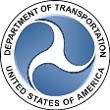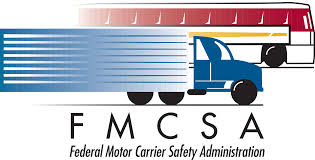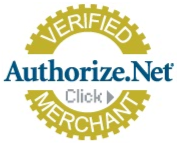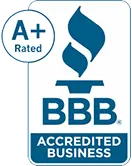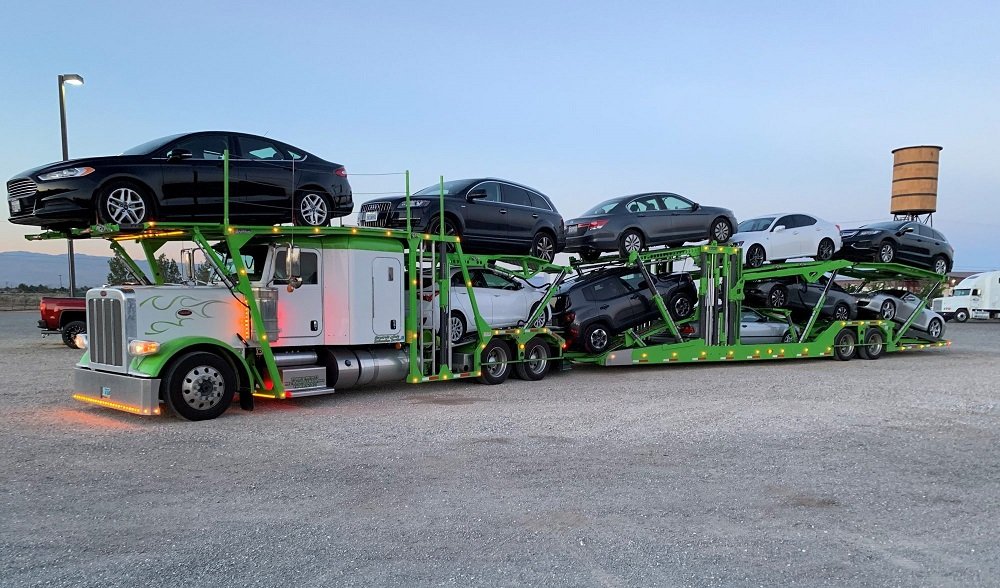
Top 10 Mistakes to Avoid When Shipping Your Vehicle
As a leading auto transport company, The Car Carriage has seen it all. Over years of helping customers ship vehicles across the country, we’ve identified the most common pitfalls that can turn a simple vehicle transport into a costly and stressful experience. In this comprehensive guide, we’ll walk you through the top 10 mistakes to avoid when shipping your vehicle, helping you ensure a smooth, hassle-free transport.
1. Neglecting Vehicle Preparation
The Hidden Costs of Poor Preparation
Many customers underestimate the importance of proper vehicle preparation. Failing to prepare your vehicle can lead to:
- Unnecessary damage during transport
- Increased shipping costs
- Potential insurance claim complications
- Delayed delivery times
Preparation Checklist
- Thoroughly clean your vehicle inside and out
- Remove all personal items and loose accessories
- Document existing damage with comprehensive photos
- Check and adjust tire pressure
- Ensure battery is fully charged
- Disable alarm systems
- Provide a spare key to the transport carrier
2. Choosing Price Over Quality
The Danger of Ultra-Low Quotes
We’ve seen countless customers fall into the trap of selecting the absolute lowest quote, only to encounter:
- Hidden fees
- Unreliable carriers
- Potential vehicle damage
- Significant delivery delays
What to Look For
- Transparent pricing
- Comprehensive insurance coverage
- Positive customer reviews
- Carrier credentials and experience
- Clear communication
- Realistic delivery windows
3. Inadequate Insurance Understanding
The Insurance Myth
Many customers mistakenly believe:
- All carriers provide full coverage
- Their personal auto insurance covers transport
- Damage is always fully reimbursable
Critical Insurance Insights
- Verify carrier’s insurance coverage
- Understand coverage limits
- Consider additional gap insurance
- Document vehicle condition before transport
- Take detailed photos from multiple angles
- Keep all documentation
- Understand claims process
4. Incorrect Vehicle Information
The Importance of Accuracy
Providing incorrect vehicle specifications can:
- Result in incorrect pricing
- Cause shipping complications
- Lead to additional fees
- Potentially cancel your transport
Critical Information to Provide
- Exact vehicle make and model
- Precise vehicle dimensions
- Accurate vehicle weight
- Current operational status
- Any modifications
- Exact pickup and delivery locations
5. Failing to Disable Vehicle Features
Modern Vehicle Complexities
Today’s vehicles come with sophisticated electronic systems that can complicate transport:
- GPS tracking systems
- Alarm mechanisms
- Battery drain protection
- Automatic security features
Recommended Actions
- Disable GPS tracking
- Turn off alarm systems
- Disconnect battery-saving modes
- Remove toll transponders
- Provide clear instructions to carrier
- Ensure key is available for potential movement
6. Improper Timing and Scheduling
The Scheduling Balancing Act
Poor timing can significantly impact your shipping experience:
- Peak season pricing
- Limited carrier availability
- Increased transportation costs
- Potential delivery delays
Strategic Scheduling Tips
- Book 2-3 weeks in advance
- Be flexible with delivery windows
- Avoid peak moving seasons
- Consider terminal-to-terminal options
- Understand potential weather impacts
- Have backup plans
7. Not Documenting Vehicle Condition
The Importance of Comprehensive Documentation
Failing to document your vehicle’s condition can lead to:
- Difficult insurance claims
- Disputes over pre-existing damage
- Financial losses
- Increased stress during transport
Documentation Best Practices
- Professional-quality photographs
- Video documentation
- Detailed written condition report
- Multiple angle shots
- Close-ups of existing damage
- Time and date stamped evidence
- Third-party verification if possible
8. Overlooking Terminal vs. Door-to-Door Options
Shipping Method Misconceptions
Many customers don’t understand the implications of different shipping methods:
- Terminal shipping
- Door-to-door shipping
- Hybrid options
- Cost variations
- Convenience factors
Pros and Cons
Terminal Shipping
- Lower cost
- More flexible scheduling
- Potential storage fees
- Less convenient
Door-to-Door Shipping
- Maximum convenience
- Higher cost
- Potential access restrictions
- More personalized service
9. Ignoring Vehicle Modifications
Custom Vehicle Challenges
Modified vehicles require special considerations:
- Non-standard dimensions
- Weight variations
- Potential transport complications
- Additional equipment needs
Modification Disclosure Requirements
- Provide exact modification details
- Disclose height changes
- Report weight additions
- Explain custom features
- Discuss potential special handling
10. Poor Communication with Carrier
The Communication Cornerstone
Ineffective communication can derail your entire shipping experience:
- Misunderstood requirements
- Unexpected complications
- Delivery challenges
- Increased stress levels
Communication Best Practices
- Provide accurate contact information
- Be responsive
- Ask clear questions
- Confirm all details in writing
- Maintain open dialogue
- Understand carrier’s communication protocols
Conclusion
Shipping a vehicle doesn’t have to be a stressful experience. By avoiding these top 10 mistakes, you can ensure a smooth, efficient, and worry-free transport. At The Car Carriage, we’re committed to providing transparent, reliable, and professional auto transport services.
Call 855-723-3200, our team of experts is always ready to guide you through the shipping process, answer your questions, and ensure your vehicle arrives safely at its destination. Remember, preparation and knowledge are your best allies in vehicle transport.

